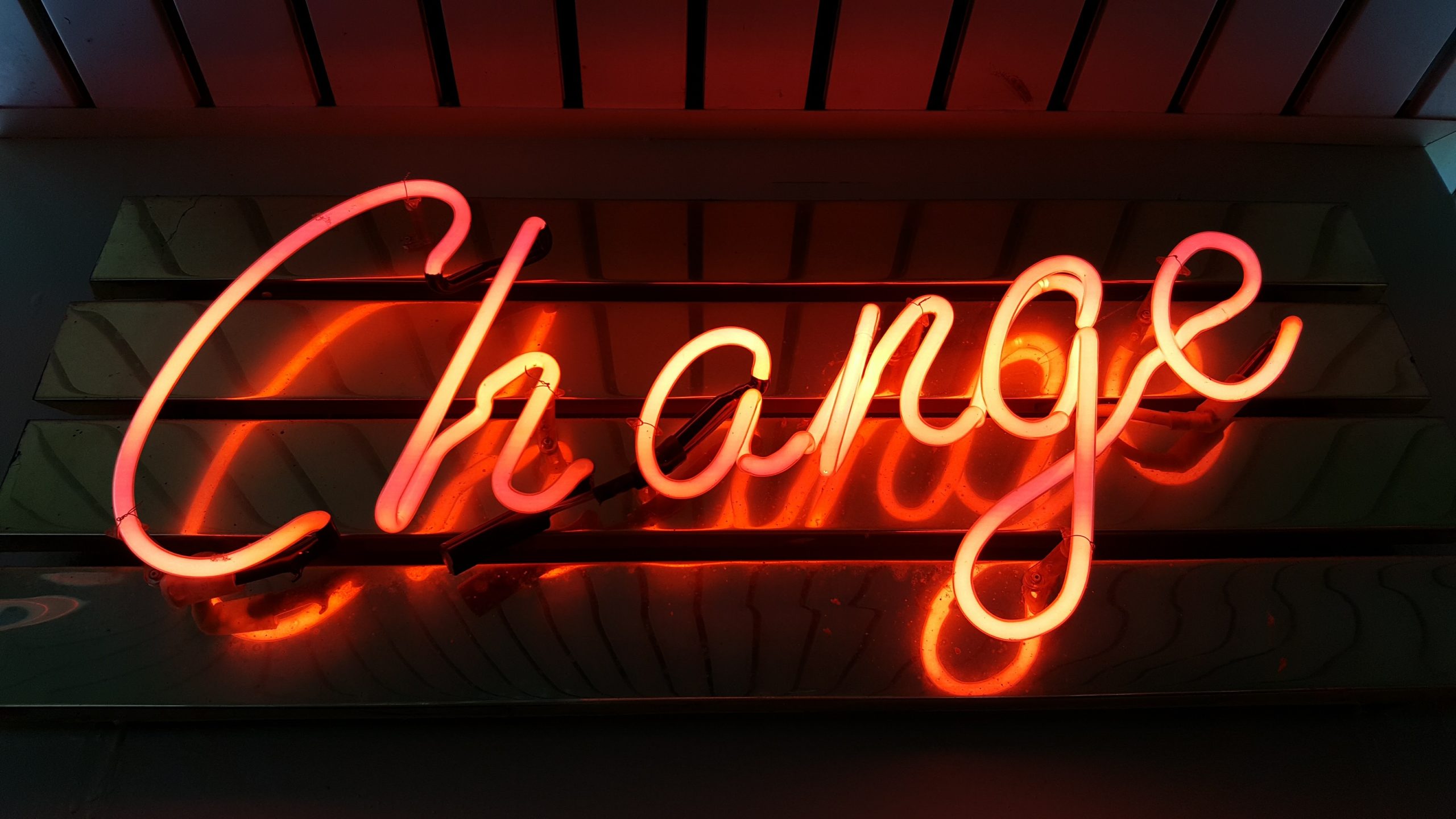Moon Feminine, Sun Masculine – Exploring the Symbolic and Cultural Interpretations
Throughout history, celestial bodies have held great significance and meaning in various cultures and belief systems. Among these celestial bodies, the moon and the sun often take center stage, representing profound concepts of femininity and masculinity respectively. This dichotomy of the moon as feminine and the sun as masculine has been deeply ingrained in our collective consciousness, shaping our understanding of gender roles, power dynamics, and the forces of nature. In this article, we will delve into the symbolic and cultural interpretations of the moon as feminine and the sun as masculine, exploring their origins, influences, and contemporary implications.
The Moon as Feminine
Since ancient times, the moon has been associated with femininity. Across different mythologies and cultures, the moon has been personified as a goddess embodying various aspects of womanhood. In Greek mythology, Selene is the goddess of the moon, embodying beauty and grace. In Hindu mythology, Chandra is the lunar deity representing nurturing qualities. These depictions reveal a common thread of associating the moon with femininity, motherhood, nurturing, intuition, and the cyclic nature of life.
One probable reason for the association between the moon and femininity is the connection to menstrual cycles. The lunar cycle, lasting approximately 28 days, mirrors the average length of the menstrual cycle. This observed parallelism led to the moon being regarded as a representation of the feminine energy that governs creation and regeneration.
Furthermore, the moon’s soft, radiant glow in contrast to the sun’s intense brightness has contributed to its association with femininity. The moon’s tranquility, mystery, and calming presence have often been metaphorically linked to feminine attributes such as emotions, intuition, and receptive energy.
The Sun as Masculine
While the moon embodies the feminine energy, the sun is widely regarded as masculine. In numerous cultures, the sun is portrayed as a masculine deity or symbol of divine masculinity. Ancient civilizations, such as the Egyptians, believed in the sun god Ra, while the Greeks worshipped Apollo as the god of the sun. These representations emphasize the sun’s associations with strength, power, vitality, and authority.
The sun’s energy is often described as fiery and potent, radiating warmth and light that sustains life on Earth. Its heat and brightness symbolize masculine qualities such as action, assertiveness, clarity, and logic. Additionally, the predictable and reliable nature of the sun’s daily rising and setting has led to its association with stability and order.
Moreover, the sun’s association with agriculture and the concept of a “solar hero” further solidifies its connection to masculinity. In many ancient myths, the hero’s journey often involves defeating darkness, overcoming obstacles, and bringing light to the world – symbolizing the sun’s life-giving qualities and the triumph of masculine traits.
Cultural Interpretations and Gender Roles
The symbolic association of the moon as feminine and the sun as masculine has had a profound impact on cultural beliefs and gender roles throughout history. Traditional societies often aligned these celestial bodies with gender-specific attributes, defining specific roles and expectations for each gender.
In many cultures, women have been linked to the moon, embodying qualities such as nurturing, emotional sensitivity, and intuition. They are often associated with the domestic realm, child-rearing, and the cyclical nature of life. Men, on the other hand, have been aligned with the sun, representing qualities such as strength, leadership, logic, and action. They are predominantly associated with the public sphere, governance, and assertive roles.
These gendered associations influenced various aspects of society, including family structures, social expectations, and power dynamics. They contributed to the perpetuation of gender stereotypes, limiting opportunities for individuals to fully express themselves beyond the confines of prescribed gender norms.
Contemporary Perspectives and Beyond Binary Interpretations
While the association of the moon as feminine and the sun as masculine has deep historical roots, modern interpretations have begun challenging the binary understanding of gender roles. As societies evolve and become more inclusive, there is a greater acceptance and celebration of diverse expressions of gender identities and non-binary individuals.
Contemporary perspectives acknowledge that femininity and masculinity extend beyond the classical associations with the moon and the sun. Gender is now understood as a spectrum, allowing for the embrace of fluid identities that transcend traditional binaries. This progressive shift encourages individuals to explore and express their authentic selves without being confined to prescribed roles based on celestial symbolism.
It is important to recognize that the symbolic associations of the moon and the sun, while rooted in cultural history, should not limit our understanding of gender and identity. Breaking free from restrictive gender norms allows for a more inclusive and equitable society.
The Beauty of Cosmic Harmony
Ultimately, the moon and the sun, regardless of their binary associations, both exist as majestic celestial bodies that play vital roles in our lives and have captivated humanity for centuries. Acknowledging their symbolic value and embracing their cosmic duality can help us appreciate the vastness and diversity of human experiences.
As we continue to evolve as a society, it is essential to move beyond limiting gender dichotomies and embrace a more inclusive understanding of identity and expression. By recognizing and celebrating the uniqueness of each individual, we can create a harmonious cosmic tapestry that respects and uplifts the diversity of all beings.
Table of Contents
